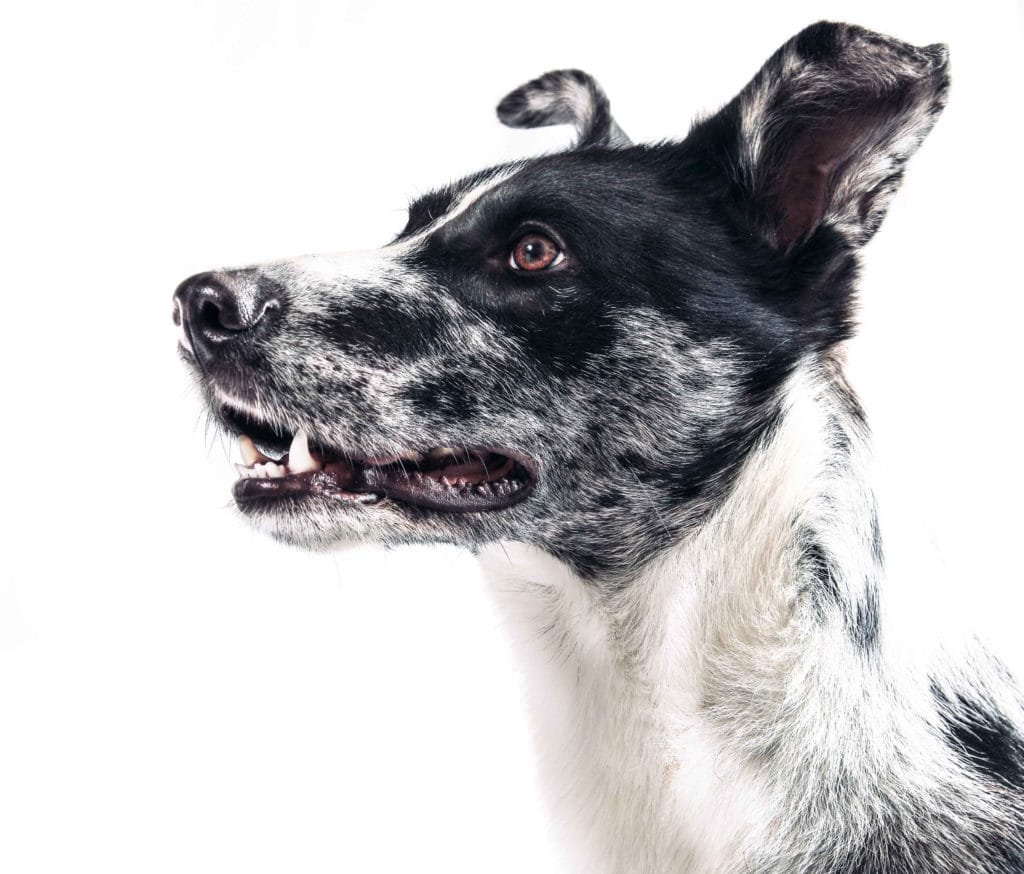Care Guide
Benefits of Raw Food:
Switching from kibble to raw food has many health benefits such as the following;
• Shinier coats
• Healthier skin
• Cleaner teeth
• Higher energy levels
• Smaller stools
• Better breath

Handling of Raw Pet Food
Raw meat contains bacteria which can be harmful to humans. Wash hands, utensils, bowls and surface areas thoroughly just as you would when handling raw meats you are preparing for your human family.
The Importance of Feeding Raw
A dog’s digestive system has never evolved to run on corn, wheat or other processed ingredients. Kibble contains a lot of filler, and after switching to raw, you should notice stool that is less frequent, smaller and will not have a strong odor.
Adult Feeding Instructions:
It is recommended that you serve your adult dog 1- 2 meals daily. Feed Adults 2-3.5% of their healthy adult weight. Smaller adult breeds would be closer to the 3.5 % mark. This is a guideline only and you will need to adjust the amount you feed to maintain a healthy weight. Weekly body checks with your hands can help you decide if your dog is being fed the right amount of food.
Why Not Kibble?
For thousands of years dogs and cats have been living off of raw meat, not kibble. Many pet parents are going back to their pet’s ancestral diet and are seeing many health improvements.
A dog and cat’s essential gut microbiome does not thrive being fed processed food. A healthy gut is key to keeping disease and inflammation away. Kibble is like “fast food” for pets and was a concept of making your pet survive, not thrive. A raw food diet will help feed the good gut bacteria which in turn may help your pet’s immune system and increase energy and quality of life.
Dental Hygiene
Feeding a raw diet also has benefits to your pet’s dental hygiene. When including some whole raw meaty bones such as turkey necks, duck necks, duck feet in your dog’s diet, you will notice an improvement in dental hygiene and fresher breath. Plaque can cause many issues with your dog’s overall health so it’s important to keep it to a minimum. Feeding raw with raw meaty bones weekly will ensure the dental health and overall health of your dog. Cats tend to be lazy chewers and may benefit from adding chunks of meat or turkey hearts to their dish to get a teeth scrub. Some cats will also enjoy duck necks and rabbit ears to help clean teeth.
Changing Your Pet’s Diet to Raw Food
Most dogs can go from kibble directly to our beef/chicken, pure chicken or pure turkey without any transition. However, you know your dog best and some dogs do need a transition. You can slowly introduce a raw diet by offering raw food in a separate meal and gradually eliminating the amount of kibble offered and increasing the amount of raw offered over a 5-7 day span. Cat’s are imprint eaters and tend to either go right to raw easily or take a long time to move to raw. If your cat refuses to eat raw we can offer some tricks to help entice her.
Your Pet’s species appropriate diet
Dogs and cats are designed perfectly to eat meat, bone and organ. Dogs are Facultative Carnivores meaning they need animal proteins and fats but can also survive on plant matter when prey is not plentiful. They are designed to scavenge for berries, roots and grasses. The studies done to try to prove that dogs can survive on a vegan diet are flawed, biased and used very small study groups. There are studies showing that adding 5-10% of leafy greens, berries and cruciferous veggies can be beneficial if your dog tolerates them and if you break them down for the dog by cooking, grinding or dehydrating them first. Cat’s have no requirements for plants as they are Obligate Carnivores and must have a diet of animal proteins and fats to survive.
